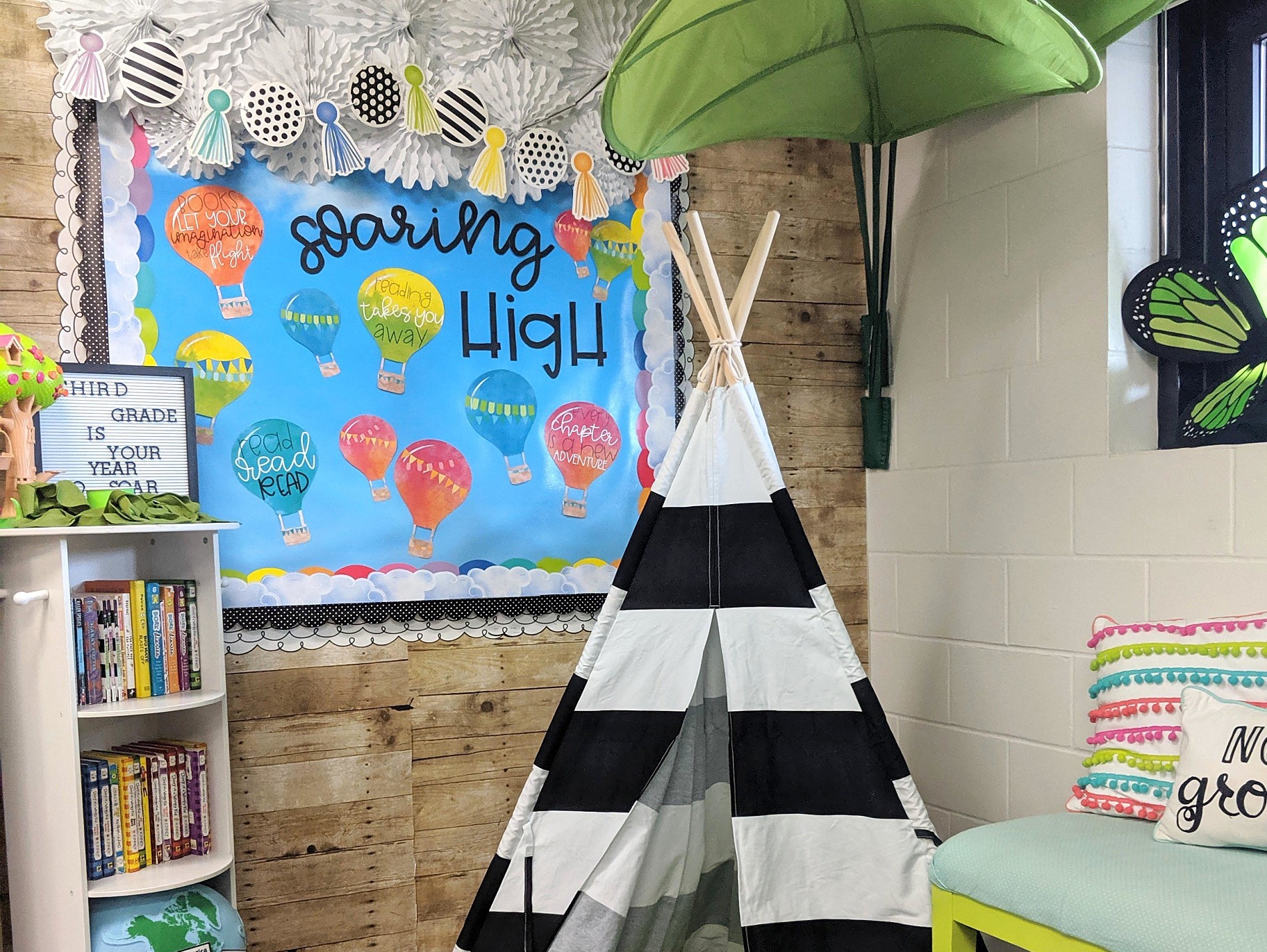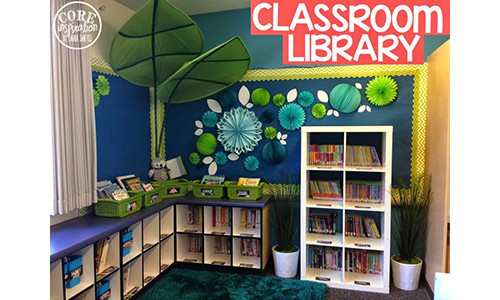Creating an inviting reading corner in your classroom can transform the way students engage with literature. As a teacher and a passionate advocate for reading, I’ve learned that a well-decorated reading corner can not only enhance the aesthetic of your classroom but also encourage students to develop a love for reading. In this article, we will explore a variety of decorating ideas for your classroom library, complete with practical tips, personal stories, and a comprehensive look at what works best in different classroom environments.
Why a Reading Corner is Essential for Your Classroom
A dedicated reading corner provides numerous educational benefits, such as:
- Encouraging Independent Reading: A cozy nook allows students to choose their own reading materials at their leisure.
- Fostering a Love for Books: An inviting space can spark interest in reading and storytelling.
- Creating a Comfortable Environment: A well-configured space makes reading more enjoyable and relaxing.
- Supporting Diverse Learning Needs: Various seating options can cater to different preferences and learning styles.
Key Elements of a Successful Reading Corner
To create a fantastic reading corner, consider including the following elements:
- Furniture: Comfortable seating options are crucial.
- Accessible Bookshelves: Ensure books are within easy reach for all students.
- Decorative Touches: Use colors and themes that inspire creativity.
- Lighting: Soft, warm lighting can make the area feel inviting.
- Interactive Displays: Incorporate displays that engage students and encourage them to explore new titles.
Decorating Ideas for Your Reading Corner
1. Cozy Seating Options
Comfortable seating is vital for inviting students to sit down and read. Here are some creative seating options:
- Pillows and Bean Bags: Soft and portable, they allow students to choose their comfort zone.
- Rocking Chairs: A classic choice that adds a nostalgic touch.
- Floor Cushions: Great for group reading sessions or solo relaxation.

Comparison Table: Seating Options
| Type | Pros | Cons |
|---|---|---|
| Pillows | Portable and versatile | Can be distracting if too many are used |
| Rocking Chairs | Comfortable and calming | Takes up more space |
| Floor Cushions | Great for group reading | May not provide enough back support |
2. Engaging Book Displays
Attracting students to your reading corner starts with how you display the books. Here are a few concepts:
- Themed Displays: Rotate themes based on seasons, holidays, or new arrivals.
- Featured Books: Highlight student favorites or award-winning titles.
- Interactive Wall: Create a corkboard or chalkboard where students can recommend books to their peers.

3. The Power of Color
Color can significantly affect the mood of your reading corner. Here’s how to use it effectively:
- Warm Colors: Reds and oranges can energize the space and stimulate engagement.
- Cool Colors: Blues and greens promote calmness and focus.
- Accent Walls: Choose one wall to paint a vibrant color or use wallpaper to create interest.
4. Lighting Matters
Good lighting is essential for a reading corner. Here are some ideas:
- Soft Lighting: Use string lights or warm LED bulbs to create a cozy atmosphere.
- Task Lighting: Include adjustable lamps for students who prefer focused lighting.
- Natural Light: Position the reading corner by a window to maximize daylight.

Advantages and Disadvantages of Lighting Choices
| Type of Lighting | Advantages | Disadvantages |
|---|---|---|
| Soft Lighting | Creates a cozy atmosphere | May not be bright enough for reading |
| Task Lighting | Ideal for focused activities | Can take up space |
| Natural Light | Enhances mood and energy | Can cause glare on pages |
5. Thematic Decor
Consider decorating your reading corner based on themes that resonate with your students. Some ideas include:
- Fantasy Worlds: Use elements from popular fantasy genres, such as fairy lights, clouds, and stars.
- Adventure Themes: Decorate with maps, compasses, and exploration gadgets.
- Classic Literature: Feature posters and quotes from famous authors.

Creating a Personalized Experience
Adding personal touches can make your reading corner even more special:
- Student Artwork: Showcase your students’ creativity with their art displayed on the walls.
- Reading Journal: Encourage students to keep a journal of books they’ve read, and display excerpts within the corner.
- Photo Wall: Create a wall where students can post photos related to their favorite books or characters.
Practical Tips for Maintaining Your Reading Corner
A beautifully decorated reading corner requires regular upkeep. Follow these tips:
- Regular Book Rotation: Keep the selection fresh by rotating books every few weeks.
- Involve Students: Encourage students to help maintain the space, fostering a sense of ownership.
- Weekly Clean-Up: Set aside time for students to tidy up the area periodically.

Conclusion: Making Reading Corner a Haven for Literature
Transforming your classroom’s reading corner into an engaging, welcoming space can significantly enhance students’ reading experiences. By blending comfort, creativity, and personalized touches, you can create a library nook that inspires a lifelong love for reading. Remember, the most effective reading corners stem from understanding your students’ interests and habits.
FAQs about Classroom Reading Corner Decorating Ideas

1. What are the must-have elements in a reading corner?
The must-have elements include comfortable seating, accessible bookshelves, engaging book displays, appropriate lighting, and thematic decor.
2. How can I involve my students in creating the reading corner?
You can involve students by letting them choose book displays, suggesting themes, and encouraging them to contribute artwork or other personal touches.
3. What is the best way to keep the reading corner organized?
Regularly rotate the book selection, encourage students to help maintain order, and create designated spaces for different genres or reading levels.
4. How can I motivate reluctant readers to use the reading corner?
Highlight engaging books, include interactive elements like reading challenges, and showcase student recommendations to create buzz around the reading corner.
5. Are there specific themes that work better for younger or older students?
Yes, younger students often respond well to bright colors, popular characters, or fairy-tale themes, while older students might prefer more sophisticated themes like adventure or contemporary fiction.